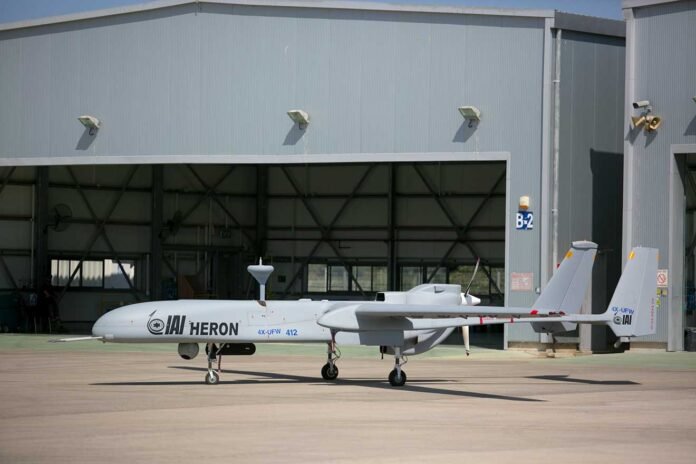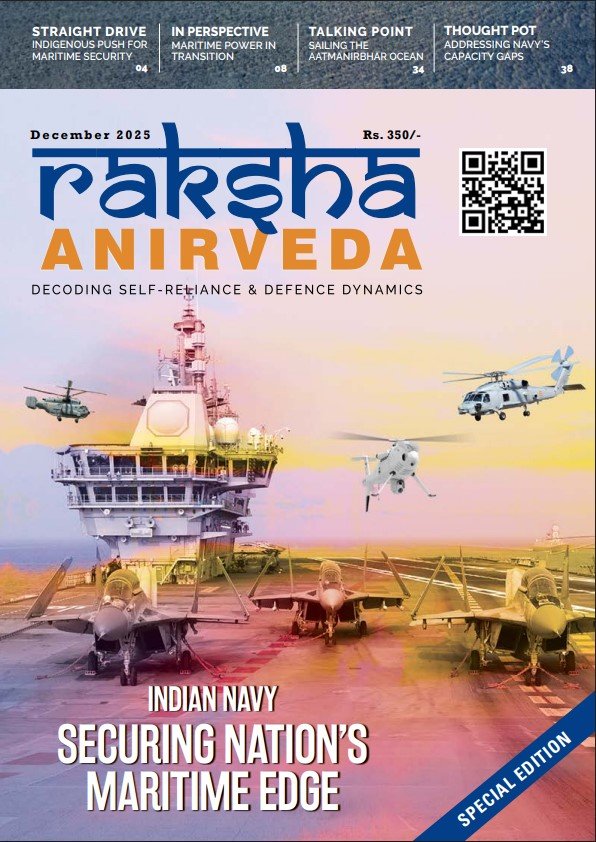Tel Aviv: Japan is currently continuing to evaluate the Israel Aerospace Industries (IAI) Heron MK II advanced UAV.
The Heron MK II is an advanced medium-altitude, long-endurance UAV that can conduct long-duration intelligence, surveillance, and reconnaissance missions, making it suitable for Japan’s needs in monitoring evolving regional threats—such as hypersonic weapon activity and contested airspace.
Some years ago, Japan’s Ministry of Defence had allocated research funds for UAV development, aiming to deploy long-endurance drones over regions like the Sea of Japan to detect and track next-generation missiles. While Japan is also developing indigenous artificial intelligence-enabled UAVs, the evaluation of proven systems like the Heron MK II reflects a dual-track approach toward building unmanned capabilities for strategic defence requirements.
Japan’s evaluation of the IAI Heron MK II is both part of a broader push for robust, multi-mission UAV capabilities and an indication of expanding security cooperation between Japan and Israel in unmanned systems technology.
IAI was reluctant to comment on the evaluation of the Heron MK II by Japan.
The Heron MK II is powered by a Rotax 915 IF engine. This engine has been adapted specifically by Rotax to the operational needs of the new UAV. This engine allows the Heron MK II to reach a ceiling of 35,000 feet and a max speed of 140 kts. The MK II has a wider and longer fuselage than the Heron-I, to allow the installation of additional payloads. Maximum TOW is 1350 kg. Maximum payload weight is 470 kg.
“The new design , and especially the new improved engine gives the MK II a climb rate that is 50 % greater than the Heron-I is capable of,” a company source said. The MK II according to the IAI source has an endurance of 45 hours .
The new version is equipped with a line of sight communications system and with a satellite communication system. “The improved communications links enable the MK2 to use a large number of payloads in parallel and transmit the data to the different customers,” the source said.
The MK II is offered with a variety of dedicated payloads- for ground, air and maritime missions including anti-submarine. According to IAI, the Heron MK II is capable of landing and taking off in remote areas using the built in an advanced satellite communications system. This capability is essential when the UAV needs to be operated continuously without going back to its home base.
The Heron-MK II can automatically land in remote runways located thousands of kilometres away, where it is serviced by a small team and basic fueling infrastructure, before it takes off for an additional mission. IAI says that this capability is based on the advanced satellite communications systems, combined with precise automated takeoff and landing. The company says that the new capability also leads to substantial saving in command stations and flying staff resources since it eliminates the need to return to the original takeoff point for fueling, thus saving on flight time and fuel.
-The writer is an Israel-based freelance journalist. The views expressed are of the writer and do not necessarily reflect the views of Raksha Anirveda






